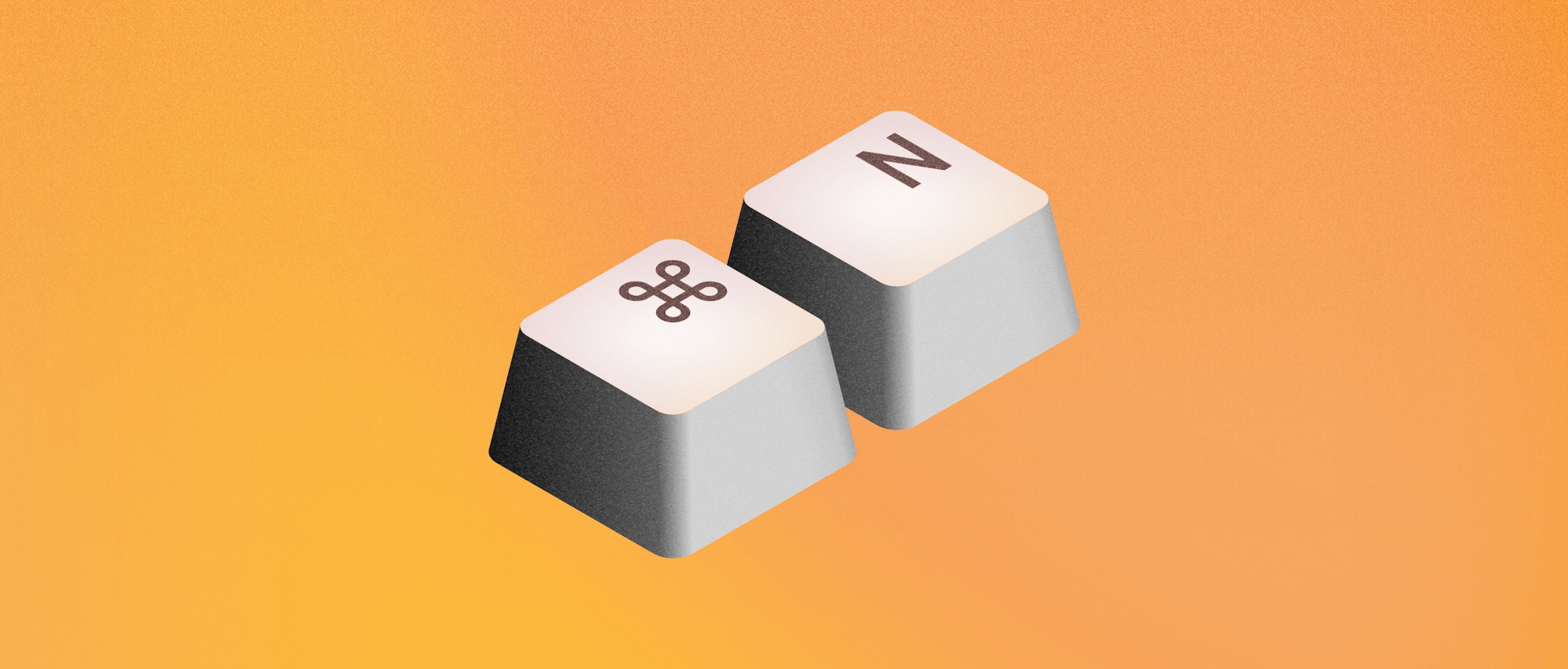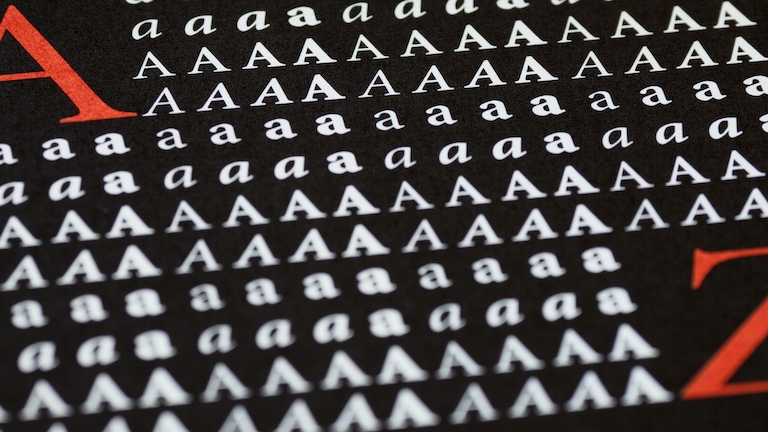We’ve all been there — staring at a blank page with a looming deadline. The harder you try to focus and put something on a page, the emptier your mind gets as the anxiety builds.
And our design and writing teams are no different. So we asked them for the best tips to overcome Blank Page Syndrome and get back to work. Read on to discover their expert advice to help you start on the right foot and avoid Blank Page Syndrome.
Get in the zone
When you’re stressed, your brain produces hormones that slow neural functions. This is why working in a relaxed, stress-free environment will also put you in the best place for work. How does that environment look like? Well, that’s up to you — but here are some tips that might help.

Okay, so not all of use have a mountainside retreat to help us find focus. But creating a calm work environment can make a big difference to your mindset.
Clear distractions
Stuck at home with kids running around? Notifications popping too frequently? Figuring out how to reduce outside triggers will help you focus. Moving to a quieter space will help you separate work from everything else, while silencing notifications is a good way to avoid distractions. Don’t worry — the memes will still be there at the end of the day. 😉
Set the mood
With the distractions out of the way, it’s important to set the mood that works best for you. “If I’m struggling with a blank page, I always try to create a relaxed atmosphere around me to reduce stress and set the mood for working,” says Steve, our head of content.
If I’m struggling with a blank page, I always try to create a relaxed atmosphere around me to reduce stress and set the mood for working.
Music helps a lot of people (“lo-fi hip hop radio”, anyone?) but can be very detrimental to others. Others prefer going to a busy cafe for some background noise.
Know when to take breaks and avoid burnout
Work can take a lot out of us, and realizing when you need to stop is important for staying healthy and productive. Freddie, our brand copy lead, shares how he avoids burnout: “I ask myself, ‘Am I distracting myself to avoid doing the difficult work, or has my attention been depleted?’. If it’s the latter, I make a point of stepping away from the keyboard for 5–10 minutes and doing something else.”
Warm yourself up
If the task at hand still feels like too much, it’s a good idea to start with something else just to get yourself warmed up.
I tend to work on discussions or drawings so that I have a game plan before opening the app.
One of our designers at Sketch, Prekesh, shares how he gets started: “the biggest thing that’s changed in my process is I tend to do a lot of work outside of Sketch before opening the Mac app. I tend to work on discussions or drawings so that I have a game plan before opening the app.”
Start with a reference
Studies have shown that blank pages are especially stressful because it makes the task at hand feel bigger than it actually is. As you stare, you see the whole project stretching out in front of you, and you stress over having to create something from A-Z.
But there are techniques to help trick your brain into thinking the task is more digestible. One approach is to not start from scratch or to have a very clear image of the final result in your mind (or both!). A B-Y technique, if you will.
Real-world inspiration
The world around us is filled with inspiration for our current project. According to icon designer Yannick Lung, “It helps to observe things in the real world and play around with them. Who remembers the feel of cassettes? Without knowing the details of a cassette, I probably wouldn’t have come up with the alternative version of the Nuage app icon.”

’Borrow’ an idea
Yes, we know — copying other people’s work is definitely a no-no. But using existing work as a reference, inspiration or a jumping-off point can help you with a project. Putting your own twist on a design is a lot easier than creating one from scratch.
I sometimes find it useful to reverse engineer a good example of the sort of thing I’m trying to write (and this works for design too).
“I sometimes find it useful to reverse engineer a good example of the sort of thing I’m trying to write (and this works for design too). I usually break down a successful example into its constituent parts and swap them out for things more relevant to the project at hand, then refine from there,” says Harvey, one of our brand storytellers.
Laying foundations
For Chris, our head of product, the key is “Creating templates, for sure!” Often, taking the time to create an outline will save you time in the long run. Plus, working at a higher level may help you spot issues or have ideas that you might miss when focusing on specifics.

You can save your templates, Libraries, Artboards, Symbols and more in your Sketch Workspace so both you and your team can benefit.
An outline or a content hierarchy goes a long way
“Having a good picture of the content hierarchy is key. It gives me elements to place and a rough idea of relative importance,” Paulo, one of our product managers shares. “You don‘t need the final words, but just how many headings, how much text, and whether it’s a list or a paragraph. I see a lot of talk of the importance of actual content, but for me, the type, density, and length of content is always the most important thing.”
Brainstorming with others in real-time
Collaboration is one of the most effective ways to stimulate ideas and design. Getting direct input from others in real-time will help ease the stress of staring at a blank page.
With Sketch‘s real-time collaboration, designers can work in harmony without running into document conflicts.
Get feedback early on
Feedback isn’t limited to when you’re done with a project. Involving your stakeholders and teammates early on will help ease the stress of a fresh start.
After all, part of collaborating with others is that you can help make sure you’re on the right track while getting started, and they may offer ideas and approaches that you may not have considered. An open dialogue will allow you to manage expectations and collaborate for the best results.

Viewers and Editors can leave comments on your designs in Sketch and opening Threads allows you to drill down certain points with your collaborators.
In the end, the most important thing to remember when it comes to Blank Page Syndrome is that you have to be kind to yourself. Nobody can be productive 100% of the time — we’re only human, after all. What matters is that you do whatever you need to get out of the funk.



